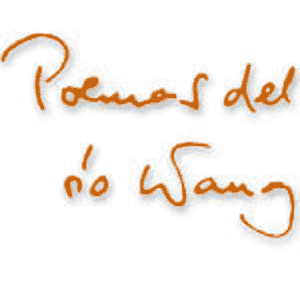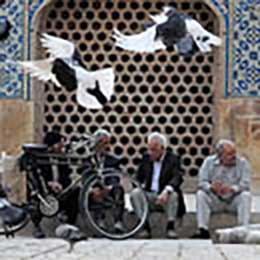
The Eleanor Tufts Book Award is the world’s most prestigious prize for the books on Spanish art history published in the English-speaking world. It is annually distributed to three books, published in the previous year, one of which is always the nominee of the Warburg and Courtauld Institutes.
This year, Ilona Katzew’s Contested Vision in the Spanish Colonial World (Yale, 2011) won the first prize. Beside it, two other books received the usual Honorable Mention. And one of these two, the nominee of the Warburg and Courtauld Institutes was that Libro de las Honras de la Emperatriz María de Austria (1603), about which we wrote a year ago, that it was translated, annotated, introduced and edited by the three founders of the Studiolum publisher, the three of us, friends from America, Mallorca and Hungary. The reasons of the Eleanor Tufts Award Committee were as follows:
“Book of Honors for Empress Maria of Austria – Composed by theCollege of the Society of Jesus of Madrid on the Occasion of Her Death(1603), ed. Antonio Bernat Vistarini, John T. Cull and Tamás Sajó(Philadelphia: Saint Joseph’s University Press, 2011), for setting anexample of a fruitful collaboration among scholars from differentcountries who made accessible to an English-speaking audience animportant primary source and likewise for opening up a promising newline of scholarship in the fields of Spanish and Portuguese art: anannotated critical translation with facsimile of the emblems. Theeditors uncover a wealth of material relevant for understanding femalepatronage, iconography, religious practices, history, and literature ofthe Golden Age, and especially the importance of visual emblems inpost-Tridentine Jesuit preaching. The combination of the critical andcontextual essay, with the translated text, and the facsimile make thisan indispensable resource for scholars and students of emblem books,literature, and symbolic imagery in early modern Spain.”
This appreciation has not mentioned one of the co-authors: György Sajó from Copenhagen, that is, Két Sheng for the readers of Río Wang, who translated and analyzed for our publication the four poems in Hebrew of the funeral decorations of 1603.
What else could we add to this? Gracias por las honras.


























































































Add comment